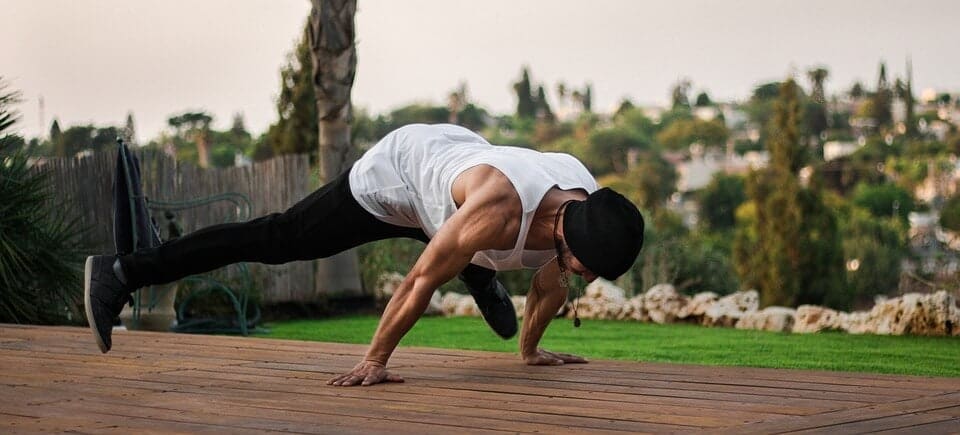Giving it your all and training at max capacity might seem like a good idea. Athletes who want a competitive edge regularly push themselves to achieve athletic excellence. Although this can help them to become faster, stronger, more flexible, and have unworldly stamina, it can come with a high price if an injury occurs by overdoing it or not preparing the body for exercise.
Experienced athletes are well aware that extreme muscle strain can quickly lead to sprains, pulled muscles, and torn ligaments. These types of injuries could keep you away from your sport of choice for months, if not longer. Motivated, headstrong athletes must learn how to prevent muscle strains that can lead to painful, slow-to-heal injuries. Sure, training is important, but so is knowing how to avoid injuries that can keep you out of the game.
6 Ways To Prevent Muscle Strain
Most exercise or training-related injuries can be avoided by following some simple rules. Sometimes in our quest to be the best, we end up causing more harm than good. If you’ve injured yourself while working out, seek out a center that treats strained muscles. Knowledge and prevention are the best ways to keep yourself injury-free while training. Here are the six best ways for athletes to prevent muscle strain.
Warm Up and Cool Down
There’s much to be said about the value of getting your muscles ready before working out. Preparing your body and muscles for what they’re about to endure is just as important as the actual workout. Increasing your body temperature and moving more blood into muscle tissues will help ensure they’re not strained, pulled, or torn while training.
The same goes in reverse for when you’ve finished your exercise routine. Skipping a short cool-down period after working out is a surefire way to injure yourself. After the vigors of tightening your muscles, you’ll want to elongate them. This will help the muscle fibers to relax.
Stretch Before and After Training
Stretching before and after a workout is necessary to build muscles and keep them flexible and limber. As we build muscle, it becomes shortened, tight, and more prone to injury. Stretching should be a part of every athlete’s training schedule. Athletes who don’t stretch are more likely to suffer from muscle sprains and tears. It’s important to add proper stretching to your workout routine to help to avoid muscle strain.
Strength Training
Strength training is an important part of preventing muscle strains. This doesn’t mean pumping iron and bulking up like a powerlifter. You’ll want to build uniform strength throughout your entire body, which will help strengthen your ligaments and tendons. When your muscles and tendons are strong, they help to keep the body in proper alignment. When working out and you’re properly aligned, there’s much less risk of tearing a muscle.
Wear the Proper Shoes
This may sound silly, but wearing the proper type of shoes for your workout can significantly prevent muscle strains and injury. Also key to avoiding muscle tears is to wear workout shoes that fit properly. You may be used to slipping on your sneakers without lacing them tight (or at all), but this habit is an all too easy way to sprain your ankle.
Proper Diet
Ensure you consume enough calories to justify your intense athletic workouts. And calorie intake isn’t your only concern. You’ll need to eat nutritious meals containing all the nutrients your body will require to rebuild after exercising. Proper hydration is also important to reduce the risks of muscle injuries.
Knowing When To Stop
Awareness of your body’s breaking point can help to reduce muscle injuries. Most athletes push themselves hard, but knowing when too much is too much is valuable knowledge. Muscle strains, tears, and sprains are more likely when you exceed your body’s limit. Listen to what your body is telling you.
The Bottom Line
Pushing your body to achieve greatness is the goal of many athletes. However, you can easily injure yourself without taking a few precautions, offsetting all of your blood, sweat, and tears. Muscle strains, sprains, and tears are painful and can take some time to heal.
If you’re an athlete who’s injured a muscle, contact a licensed chiropractor. They can help speed the recovery process while providing safer workout suggestions.
Featured Photo by Alexander Redl on Unsplash




